DARK MATTER has long eluded our understanding but scientists searching for evidence of new physics capable of explaining such enduring mysteries of the Universe may have moved one step closer, following the latest CERN research.
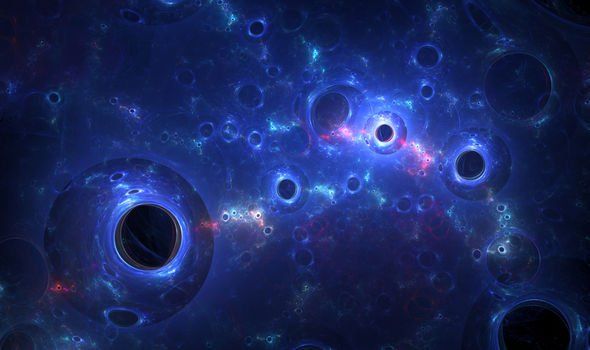

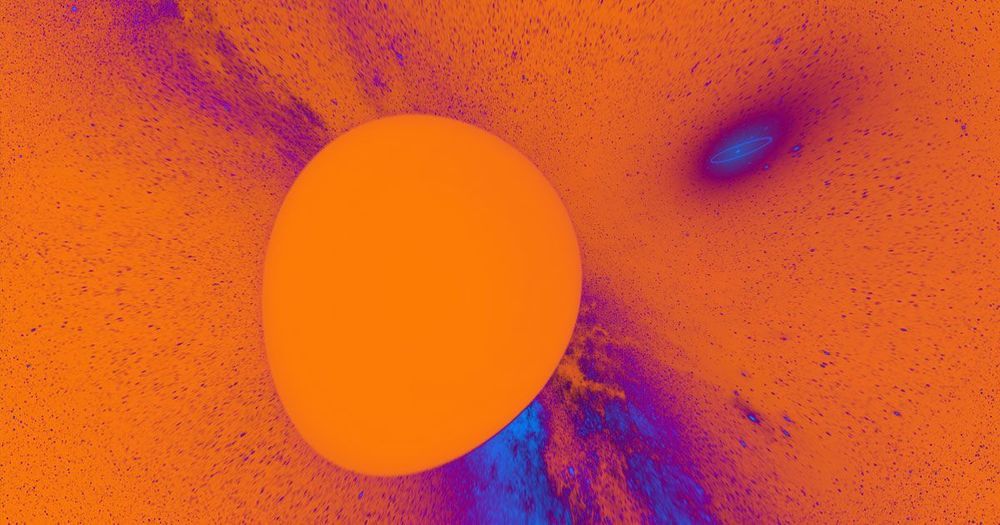
In a mind-bending new paper, researchers suggest that there could be black holes orbiting the Sun, out past Pluto.
Scientists have long speculated that a “planet 9,” in orbit very far from the Sun, could explain why other bodies in our solar system have strange, hard-to-explain orbits.
Now, a pair of astrophysicists are suggesting a strange twist on that idea: that a black hole — or even a number of them — could be orbiting our Sun right now, way beyond Neptune.
Primordial
This week, a pair of researchers from Durham University and the University of Illinois at Chicago published a paper outlining their theory on the pre-print server arXiv. In it, they suggest that the Sun’s orbit might have captured a free-floating “primordial black hole” — and it, or they, are still out there, circling the solar system.
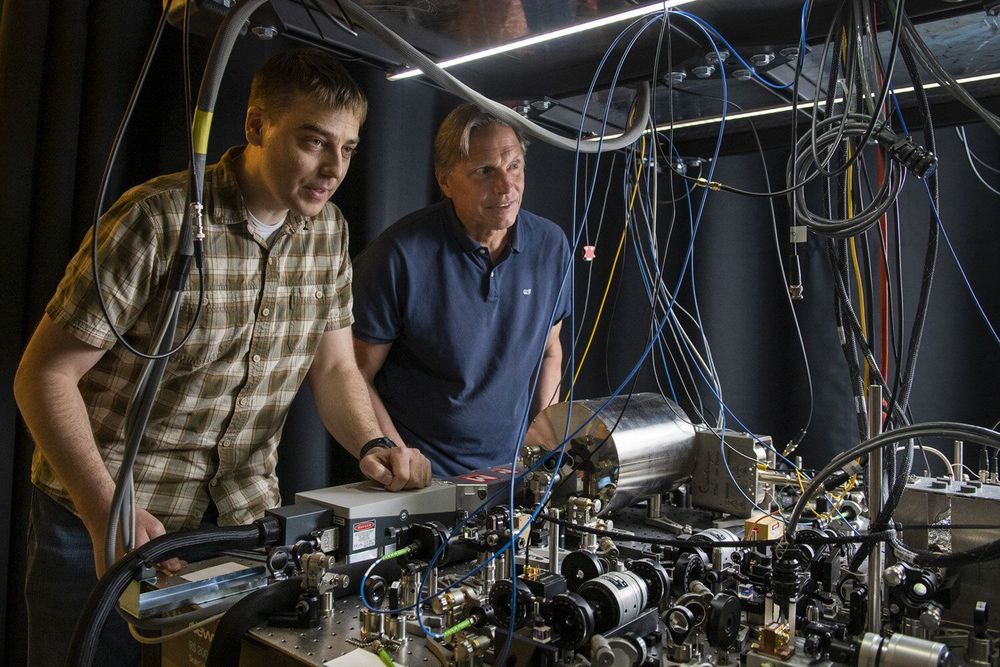
Hidden deep in a basement at Stanford stands a 10-meter-tall tube, wrapped in a metal cage and draped in wires. A barrier separates it from the main room, beyond which the cylinder spans three stories to an apparatus holding ultra-cold atoms ready to shoot upward. Tables stocked with lasers to fire at the atoms—and analyze how they respond to forces such as gravity—fill the rest of the laboratory.
The tube is an atom interferometer, a custom-built device designed to study the wave nature of atoms. According to quantum mechanics, atoms exist simultaneously as particles and waves. The Stanford instrument represents a model for an ambitious new instrument ten times its size that could be deployed to detect gravitational waves—minute ripples in spacetime created by energy dissipating from moving astronomical objects. The instrument also could shed light on another mystery of the universe: dark matter.
Stanford experimental physicists Jason Hogan and Mark Kasevich never intended for their device to be implemented this way. When Hogan began his graduate studies in Kasevich’s lab, he focused instead on testing gravity’s effects on atoms. But conversations with theoretical physicist Savas Dimopoulos, a professor of physics, and his graduate students—often lured downstairs by an espresso machine housed directly across the hall from Kasevich’s office—led them to start thinking about its utility as a highly sensitive detector.
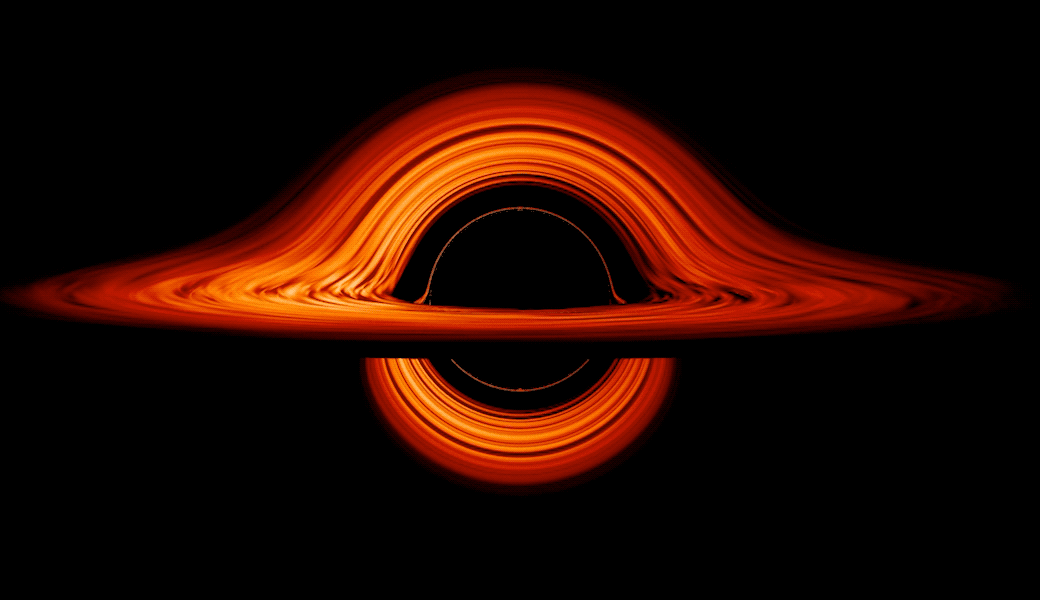
This new visualization of a black hole illustrates how its gravity distorts our view, warping its surroundings as if seen in a carnival mirror. The visualization simulates the appearance of a black hole where infalling matter has collected into a thin, hot structure called an accretion disk. The black hole’s extreme gravity skews light emitted by different regions of the disk, producing the misshapen appearance.
Bright knots constantly form and dissipate in the disk as magnetic fields wind and twist through the churning gas. Nearest the black hole, the gas orbits at close to the speed of light, while the outer portions spin a bit more slowly. This difference stretches and shears the bright knots, producing light and dark lanes in the disk.
Viewed from the side, the disk looks brighter on the left than it does on the right. Glowing gas on the left side of the disk moves toward us so fast that the effects of Einstein’s relativity give it a boost in brightness; the opposite happens on the right side, where gas moving away us becomes slightly dimmer. This asymmetry disappears when we see the disk exactly face on because, from that perspective, none of the material is moving along our line of sight.
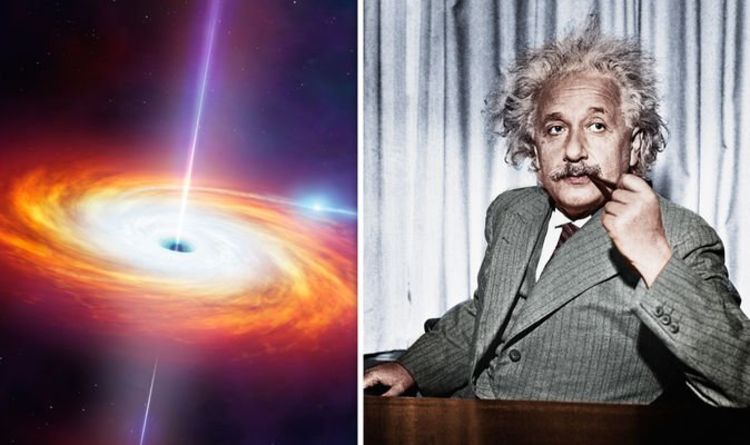
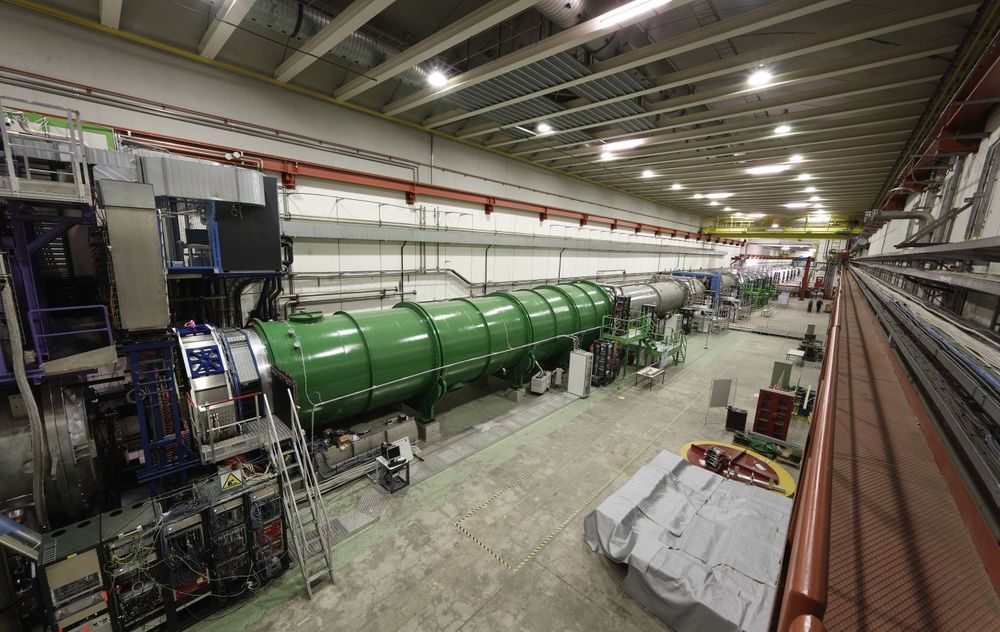
Are there new, unknown particles that can explain dark matter and other mysteries of the universe? To try to answer this question, particle physicists typically sift through the myriad of particles that are produced in particle collisions. But they also have an indirect but powerful way of looking for new particles, which is to measure processes that are both rare and precisely predicted by the Standard Model of particle physics. A slight discrepancy between the Standard Model prediction and a high-precision measurement would be a sign of new particles or phenomena never before observed.
One such process is the transformation, or “decay”, of a positively charged variant of a particle known as kaon into a positively charged pion and a neutrino–antineutrino pair. In a seminar that took place today at CERN, the NA62 collaboration reported two potential instances of this ultra-rare kaon decay. The result, first presented at the International Conference on Kaon Physics, shows the experiment’s potential to make a precise test of the Standard Model.
The Standard Model predicts that the odds of a positively charged kaon decaying into a positively charged pion and a neutrino–antineutrino pair (K+ → π+ ν ν) are only about one in ten billion, with an uncertainty of less than ten percent. Finding a deviation, even if small, from this prediction would indicate new physics beyond the Standard Model.

CAS has announced the research program “Taiji” that will study gravitational waves from the merging of binary black holes and other celestial bodies.
Unlike the LIGO research conducted from a ground-based observatory, Taiji will conduct space-based detection on the gravitational waves with lower frequencies to observe celestial bodies with greater mass or located farther away in the universe, said Wu Yueliang, chief scientist of the Taiji program and an academician of CAS.
However, the gravitational wave signals from those celestial bodies are extremely weak, posing great challenges for detection. Scientists need to break through the limit of current precise measurement and control technology, Wu said.
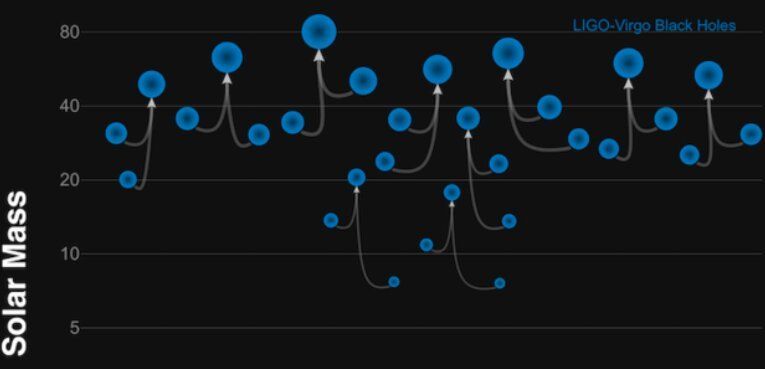
A few years ago, the LIGO/Virgo collaboration detected gravitational waves arising from a binary black hole merger using the two detectors of the Laser Interferometer Gravitational-Wave Observatory (LIGO). This eventually led to the observation of black holes with masses that are roughly 30 times the mass of the sun. Since then, researchers worldwide have been investigating these black holes, specifically examining whether they could be of primordial origin, meaning that they were produced in the early universe before stars and galaxies were formed.
Hooman Davoudiasl, a theoretical physicist at the Brookhaven National Laboratory in New York, has recently introduced a new theory suggesting that the black holes observed by the LIGO/Virgo collaboration originate from a first order quark confinement phase transition. In his paper, published in Physical Review Letters, Davoudiasl implemented this idea using a light scalar that could turn out to be a good dark matter candidate.
Recent detections by the LIGO/Virgo collaboration suggest that there are several black holes that have similar masses (approximately 30 solar masses). This suggests that there might be a population of black holes that are characterized by a typical mass value.
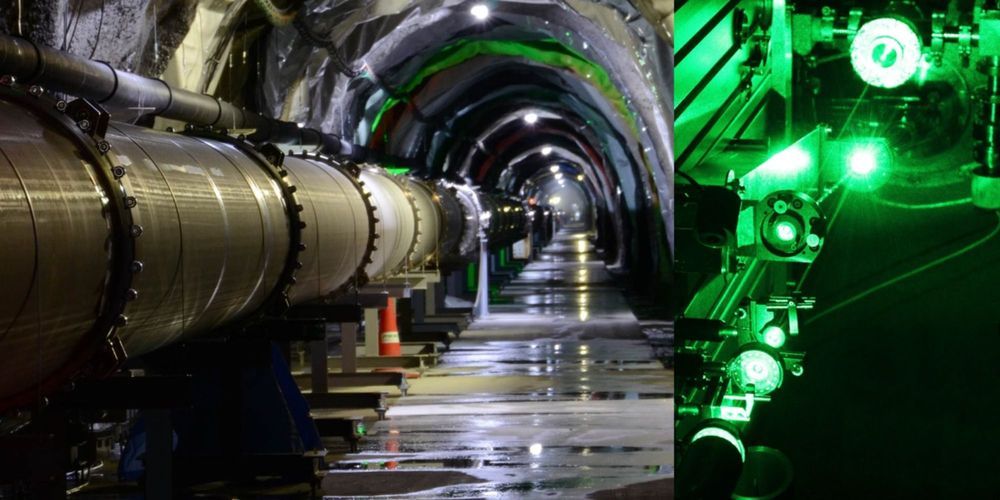
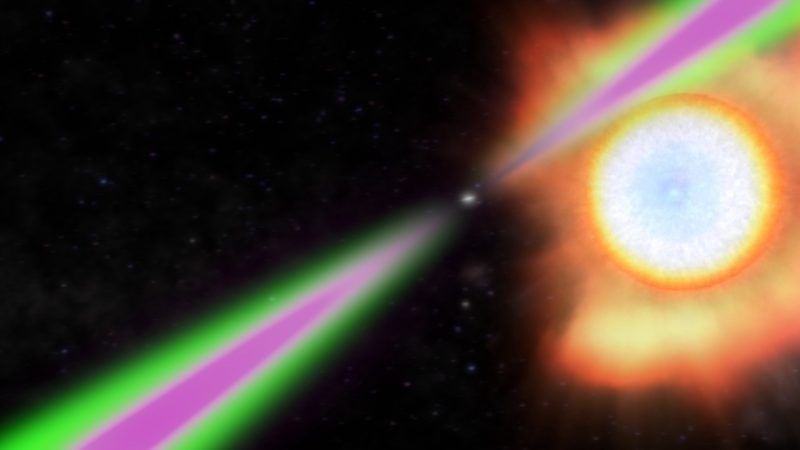
Supernova explosions can crush ordinary stars into neutron stars, composed of exotic, extremely dense matter. Neutron stars are on the order of about 12 miles (20 km) across in contrast to hundreds of thousands of miles across for stars like our sun. Yet they contain mass on the order of 1.4 times that of our sun. Neutron stars have strong magnetic fields. They emit powerful blasts of radiation along their magnetic field lines. If, as a neutron star spins, its beams of radiation periodically point towards Earth, we see the star as a pulsing radio or gamma-ray source. Then the neutron star is also called a pulsar, often compared to a cosmic lighthouse. Modern astronomers know of pulsars spinning with mind-boggling rapidity. The second-fastest one – called PSR J0952-0607 – spins some 707 times a second! Scientists at the Max Planck Institute for Gravitational Physics in Hanover, Germany announced on September 19, 2019, that this pulsar, J0952-0607 – formerly seen only at the radio end of the spectrum – now has been found to pulse also in gamma rays.
J0952-0607 – the number relates to the object’s position in the sky – was first discovered in 2017. It was originally seen to pulse in radio waves, but not gamma rays. The international team that studied it in detail – and recently published new work about it in the peer-reviewed Astrophysical Journal – said in a statement:
The pulsar rotates 707 times in a single second and is therefore the fastest spinning in our galaxy outside the dense stellar environments of globular clusters.